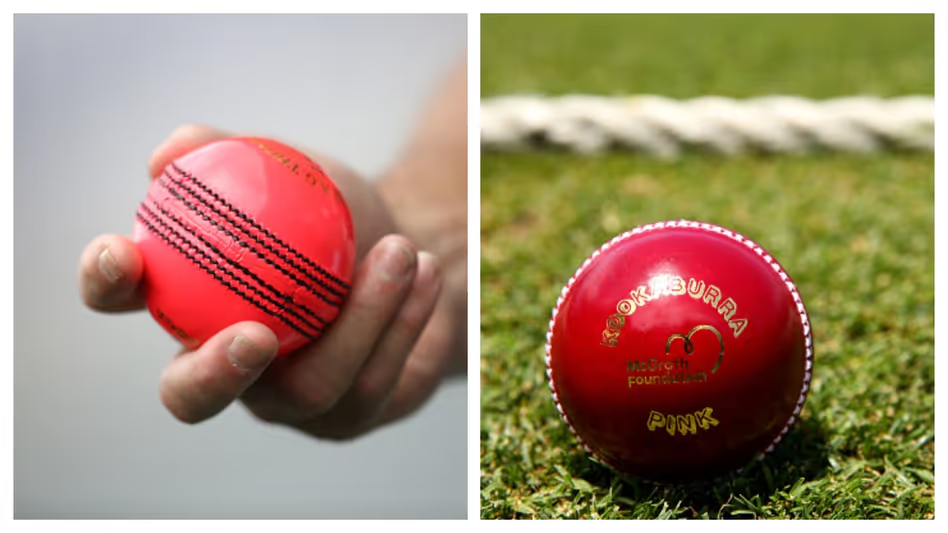
India vs Australia: All You Need to Know About the Adelaide Pink-Ball Test
The second Test of the Border-Gavaskar Trophy between India and Australia begins on Friday, in Adelaide. This match will be India’s first pink-ball Test since 2022 and marks only the second day-night Test between the two nations.
Australia, known for its dominance in day-night Tests, has participated in 12 matches under lights, securing 11 victories. Their sole defeat came earlier this year against the West Indies at the Gabba.
India has played four day-night Tests, with three hosted at home. Victories include matches against Bangladesh (Kolkata, 2019), England (Ahmedabad, 2021), and Sri Lanka (Bengaluru, 2022).
Introduced in 2015, the day-night Test format aims to attract more spectators and TV audiences by scheduling play during evening hours. Key differences from traditional Test cricket include the use of a pink ball and adjusted session breaks: while tea break occurs after the first session (20 minutes), dinner break replaces lunch and follows the second session (40 minutes).
The pink ball, coated with polyurethane and featuring a black seam, is designed for visibility under floodlights. It differs from the red ball, which is dyed and has a white seam. The pink ball retains its shine longer, aided by an additional lacquer layer. This coating enhances swing, especially in night conditions, making batting more challenging.
Comparing Pink and Red Balls
The red ball offers less movement as it ages, while the pink ball maintains its characteristics longer. Trials with yellow and orange balls preceded the adoption of the pink ball for day-night matches.
India and Australia’s Adelaide encounter will be the 21st pink-ball Test in history. Notably, none of the previous 20 matches ended in a draw, ensuring results in this format.
The inaugural day-night Test was held in 2015 between Australia and New Zealand in Adelaide, following ICC rule changes in 2012 to allow Tests under lights. This innovation continues to redefine the traditional format.













